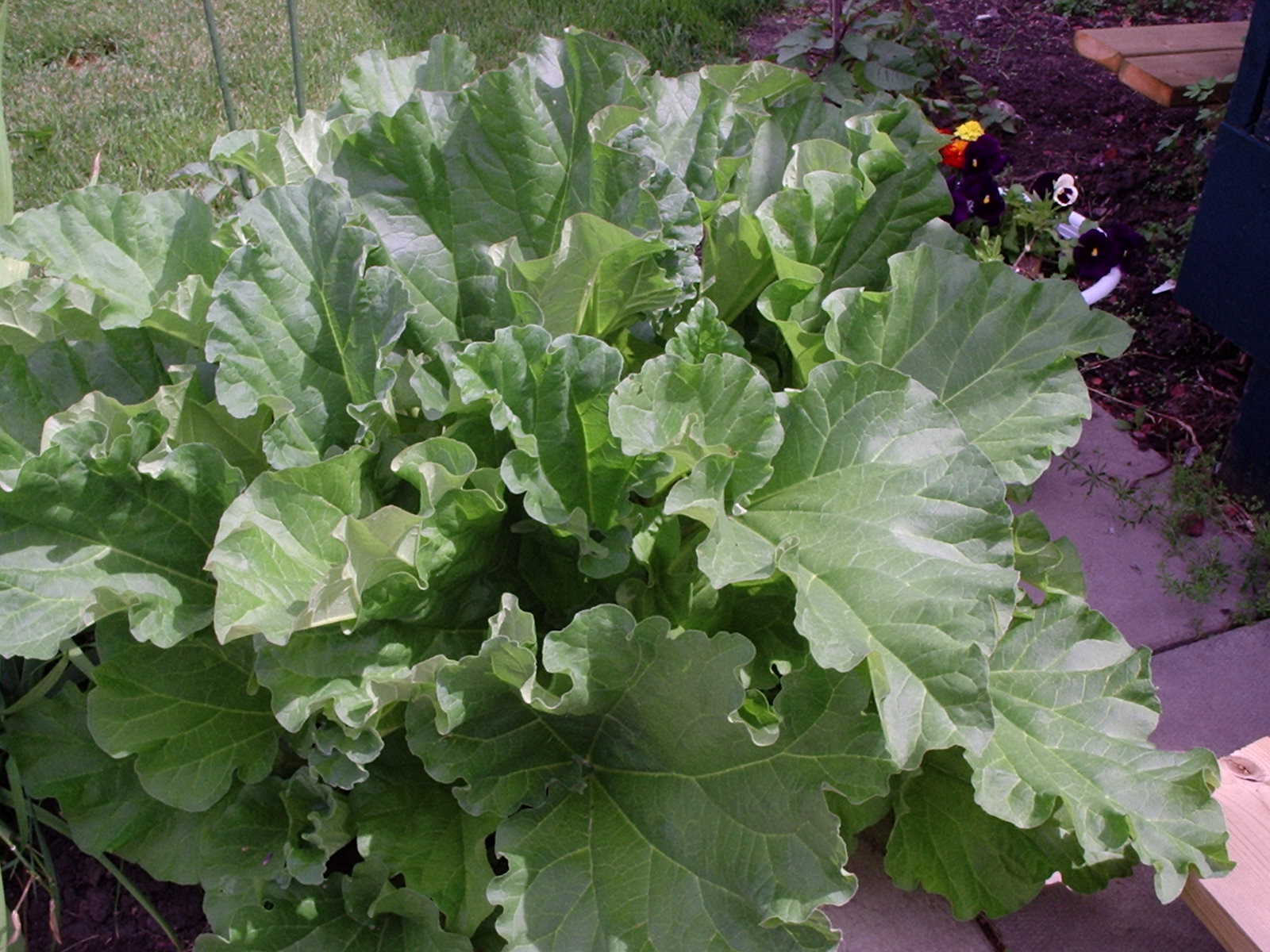Home
Our Loft
Quilts, Gifts, Decorating, Restin' & Relaxin', Pampering
Craftin' Room
Crafts for the
Kid in all of us
Special Occasions Kids Fun Stuff
Heart of our Home
Recipes, Crafts, Cookbooks, Tips,
Readin' Room
Craft Books, Antiques and Collectibles, Gardening and more
From the Porch
Gardening
Helpful Tips
Products
General Store
Stroll the Aisles
Special Occasions
Crafts & Gifts
About Us Folks
E-Mail
Links
Contact Info
Comfy Country Creations
P.O. Box 10181,
Airdrie, Alberta
T4A 0H5
Phone: 403-912-2645
Fax: 403-912-0543
|
|
Quick Jump to Related pages
Growing Rhubarb Forcing Rhubarb Rhubarb Recipes
 FORCING RHUBARB FORCING RHUBARB
For those who love to eat fresh rhubarb and are disappointed when the last stalks are harvested, pine no more for this treat during the winter months. Rhubarb, like daffodils and hyacinth, can be forced to grow indoors during its off season. It needs a minimal cool period.
Before the ground freezes, but after all the tops had died, dig up one or more plants. Plants that are about three years old work well with this technique. Place them in tubs with soil around the roots and cover with straw to prevent them from drying out. You want them to be able to freeze, so don't put a thick blanket of straw over them. Leave them outside for a couple of weeks in below thirty two degrees F weather. NOTE (1)
Now is the time to bring them inside. A basement, greenhouse or heated garage where the temperature is between fifty to sixty degrees F. To have success in forcing rhubarb, there are three important factors that need to be followed.
- Good ventilation is required to prevent mould.
- Keep the soil moist but not soggy.
- Keep out light. Omitting light will ensure leaf growth is minimal and chlorophyll will fail to develop in the stocks making them tender and juicy.
The first stalks should be ready for harvest in about four weeks and should continue to produce for three or four more weeks. NOTE (2)
Once the harvest is complete, weather permitting, they can be transplanted back into the outdoor garden. These plants may not produce again for a few years. Don't get discouraged, they are just rejuvenating and will be back again to fill you with their pleasures.
NOTE (1) If the weather gets below ten degrees F or you freeze the plant for an extended period of time, this could be damaging.
NOTE (2) For continual harvest, start additional plants at two to three week intervals.
Browse all our Garden Pages
|